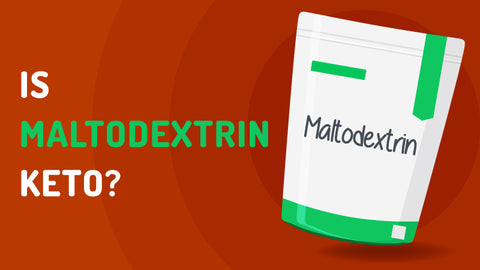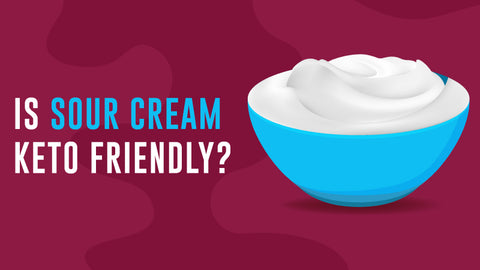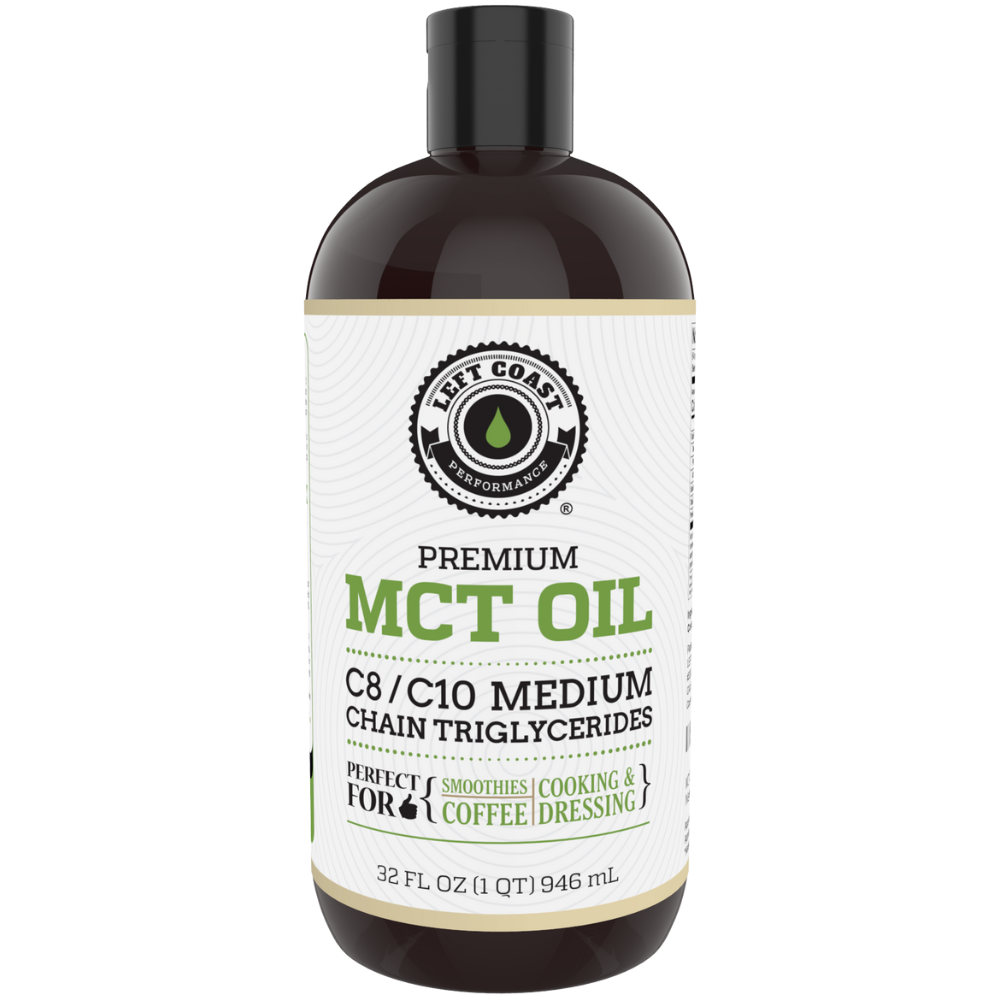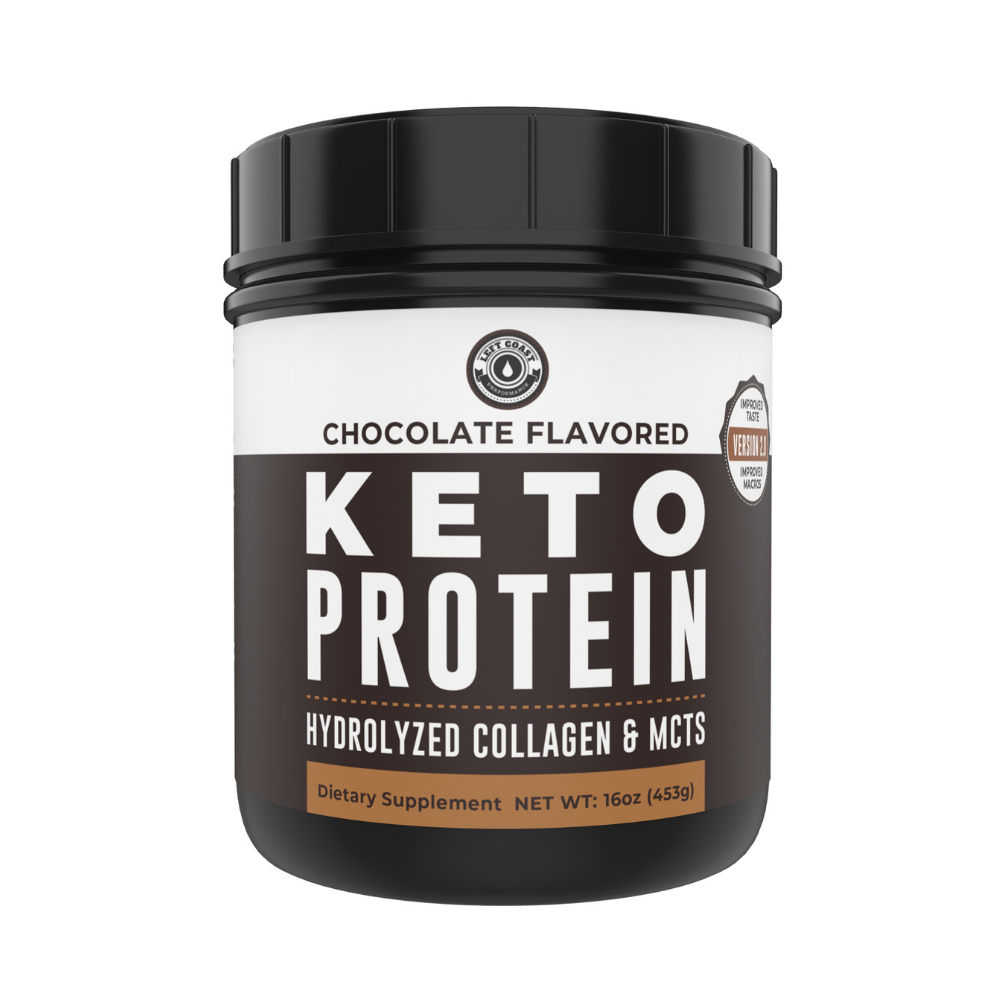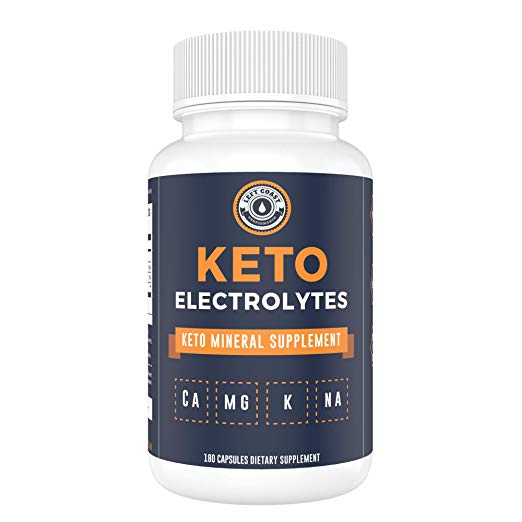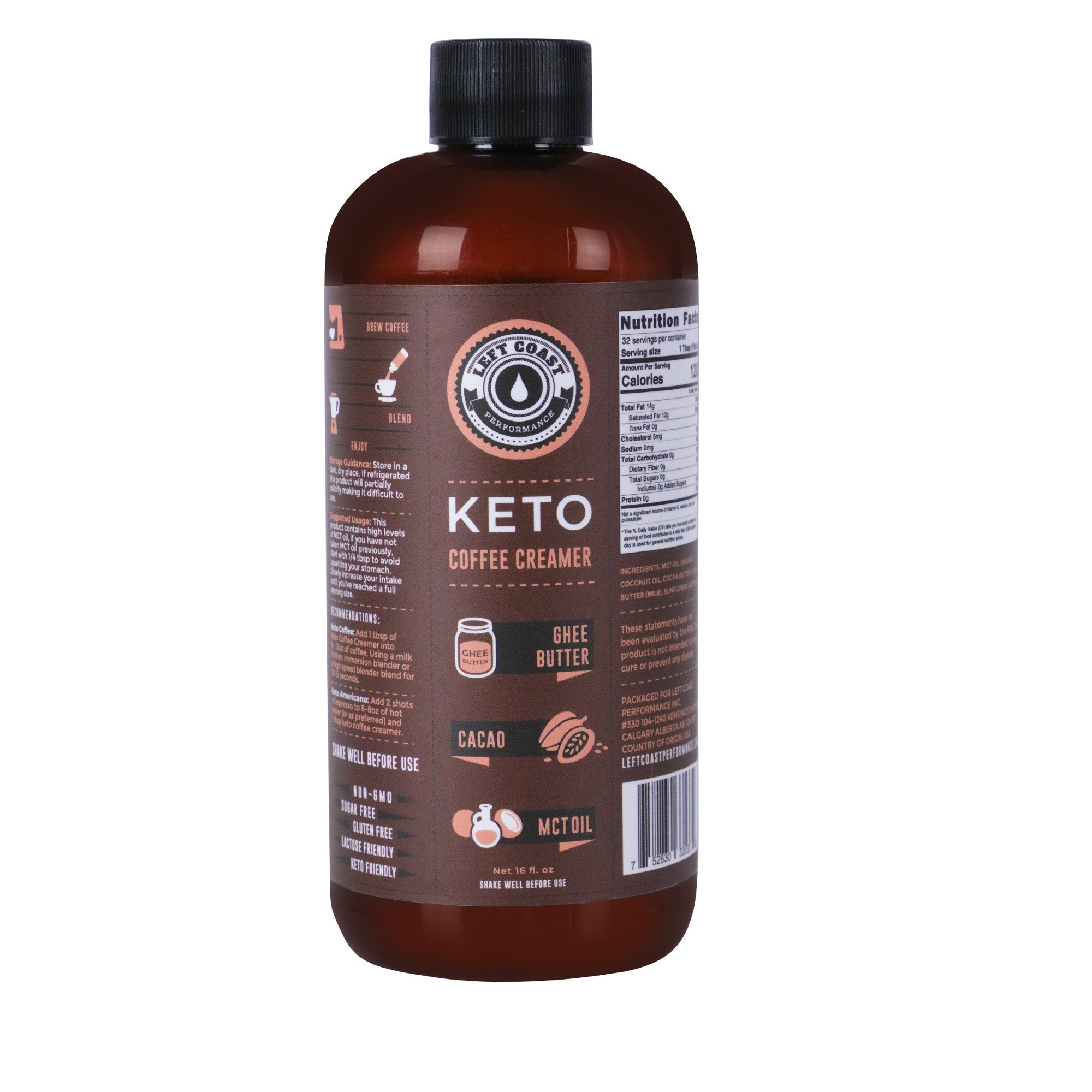Keto vs Gluten Free + Is Keto Gluten Free?

on June 13, 2019
Let's start by answering the question: Is Keto Gluten Free?
The simple answer is no, keto is not always gluten free. Soy sauce, for example, contains gluten and by most standards would be considered a keto-friendly food (some purists may disagree because it's processed).
Gluten free also doesn't equate to keto-friendly. For example starchy veggies such as sweet potatoes are fine for a gluten-free diet but will knock you out of ketosis.
Is one diet better than the other? And can they be combined for even more powerful results?
What is Gluten & the Gluten Free Diet
Gluten is the name for several proteins that are found in the endosperm of the wheat plant. These proteins play a structural role — both for the wheat itself and the wheat-based products that contain gluten.
Gluten is what gives bread its springiness, providing much of the structure and texture of many of the bread products we know and love.
So are these proteins the enemy? The gluten-free diet says yes.
For years, people with gluten intolerance cut out things like bread, pasta, cereals, and beer in the hopes that it would reduce painful inflammation. Now, the diet has spread to the general population, with followers claiming they have less inflammation, less bloating, an easier time losing weight, less irritable bowel syndrome and other unexpected benefits.
Going Gluten Free
The gluten-free diet was developed to treat those with gluten intolerances like celiac disease and gluten allergies. When people with these conditions consume gluten, the body triggers an immune response, which damages the villi that line the intestine.
For those with celiac disease, even a small amount of gluten can trigger this damaging effect. According to the Harvard Health Blog, the amount of gluten in a small crouton, about 50mg, was enough to trigger a damaging immune response.
For this reason, those with celiac and other gluten intolerances avoid the following foods that contain gluten:
- Beer
- Bread, crackers, tortillas
- Cakes, pies, pastries
- Imitation meat and seafood
- Pasta
- Many salad dressings
- Sauces
- Wheat
- Barley
- Rye
- Oats (in some cross-contaminated cases)
The rise in awareness of conditions like celiac disease led to the production of many gluten-free food alternatives. These products are often higher in calories, fat, and sugar while retaining less fiber compared to their gluten-containing counterparts.
So how did the gluten-free diet take off?
A combination of factors attributed to the lifestyle’s meteoric rise. Two popular books, published in 2011 and 2013 respectfully, put gluten in the crosshairs as they gained nationwide attention. Wheat Belly by William Davis and Grain Brain by David Perlmutter suggest that modern agricultural processes, like genetic modification, were the key to solving a variety of prevalent health issues.
In the books, the authors argue that modern wheat crops are genetically different than the wheat that our ancestors ate. They argue that the gluten from this modern cash crop has found its way into nearly part of the western diet and is wreaking havoc on people’s health.
These two books successfully kicked off the gluten-free craze, each becoming a New York Times bestseller practically overnight. These authors discouraged gluten consumption (Davis referred to wheat as the “world’s most destructive dietary ingredient”) and promoted a gluten-free diet for everybody, not just those with gluten intolerance disorders.
Soon after these books hit the market, anecdotal accounts began popping up, detailing the use of a gluten-free diet for weight loss, treatment for autism, gastrointestinal issues, and more. These personal stories fanned the flames of the gluten-free diet, giving it an elite status as more and more people picked up on the new trend.
Several celebrities like Gwyneth Paltrow and Kourtney Kardashian also helped spread the word about the gluten-free diet as a voluntary diet choice. (Fun fact: Kourtney is already back to eating gluten.)
The Keto Diet
Much like the gluten-free diet, the ketogenic diet also went through a transformative journey from medical therapy to popular diet. The ketogenic diet started as a means to treat non-responsive epileptics before anti-seizure medications were developed.
Keto is a low-carb, high-fat diet that replaces high-carb foods with healthy fats and proteins.
Scientists noted that a side effect of this diet was that many patients lost weight. After further study, it was understood that the lack of carbohydrate in the keto diet caused the body’s energy-producing processes to shift from burning glucose, to burning fat. Most followers of the keto diet consume less than 50g of carbs per day.
How the Keto Diet flips the traditional food pyramid on it's head
The keto diet is based on a metabolic process called ketosis. Instead of using carbohydrates, which are broken down into blood glucose, ketosis uses stored fat as an alternate source of energy to carry out daily metabolic processes. On the keto diet, stored fats are broken down in the liver and turned into ketone bodies, which the body can use as energy.
The keto diet, though first implemented in the early 20th century, found new life as a diet trend in the early 2000s. Since then research has been conducted showing that it's not only effective for weight loss but also that it could help with severe health conditions like diabetes.
Advantages
When it comes to selecting a diet that’s right for you, it’s important to weigh the pros and cons of each option. Here’s how the keto and gluten-free diets stack up to each other.
Gluten Free
- Helps manage gluten intolerance disorders like celiac disease, non-celiac gluten sensitivity, gluten ataxia, and wheat allergy
- Can help reduce dependence on processed foods
Keto Diet
- May reduce appetite
- Proven to help with weight loss
- Reduces blood sugar spikes and maintains normal insulin levels
- May improve cholesterol levels
- Controls some forms of epilepsy
Disadvantages
Gluten Free
- Not clinically proven to be effective for weight loss
- Not clinically proven to help with any other diseases besides gluten-intolerance disorders
- Expensive
- Gluten-free products often less healthy than corresponding foods made with gluten
- May be a hindrance to gluten-sensitive people and celiacs
Keto Diet
- May experience keto flu
- Can be difficult to maintain over time
- More long-term studies are needed to further illustrate its benefits and effects
Can You Go Gluten-Free on the Keto Diet?
Because those on a keto diet usually avoid grains, going gluten-free and keto is simple. However, there are a few alterations you may have to make. Some keto-approved foods contain trace amounts of gluten. Here are a few things to avoid if you want to go gluten-free on keto:
Soy Sauce
Most soy sauces contain wheat. In fact, many brands list wheat as the first ingredient. For a gluten-free alternative, consider using tamari, a soy sauce-like product that is produced without gluten. You can also find gluten-free soy sauces in many supermarkets as well.
Spice Mixes
Spice mixes can help you add flavor to all of your favorite keto meals. However, some of these blends have fillers that contain gluten. It’s always a good idea to check food labels before using a product when you’re trying to go gluten-free and keto.
Processed Lunch Meats
Highly-processed luncheon meats like turkey, ham, and salami are often produced with fillers, which may contain gluten. A similar culprit is any chicken or turkey labeled ‘self-basting.’
While going gluten-free is a smaller step when you’re already committed to a keto diet, it may put extra pressure on you. The more rules a diet has, the harder it is for someone to follow.
For those who are not gluten intolerant, going gluten-free can make dining out a nightmare, adding extra stress and rules to your dietary lifestyle. Besides, if you follow the keto diet and focus on eating healthy whole foods, you won’t be eating that much gluten anyway.
Which One Is Better?
Due to its foundation in scientific research, the keto diet wins in this head to head comparison. The keto diet is thoroughly vetted and has many studies to back the results that people are achieving every day.
There’s one exception, of course: people with gluten intolerances. A gluten-free diet can help cut down on inflammation associated with celiac disease, so if you have those issues, a gluten-free diet is a no-brainer.
However, when it comes to cutting out processed carbohydrates from the diets of the general public, gluten-free and keto are two sides of the same coin. Instead of replacing carb and gluten-heavy foods with gluten-free alternatives, naturally reducing processed carbs can lead to weight loss and overall better health.
In Conclusion
We think keto wins here.
The gluten-free diet and the ketogenic diet share several similarities as well as a few key differences. Both are diets with a basis in medical science that have taken off in popular culture, though keto has the benefit of a body of scientific research that supports its benefits.
In general, the gluten-free diet is generally a good choice only If you’ve got celiac disease. Outside of that narrow margin, though, keto is typically a better choice for people without celiac disease who are trying to live healthier and get fitter.
If you do decide to go keto, we have some things that can help. Check out our store or drop us a note anytime!



